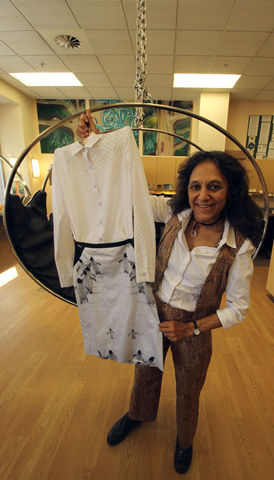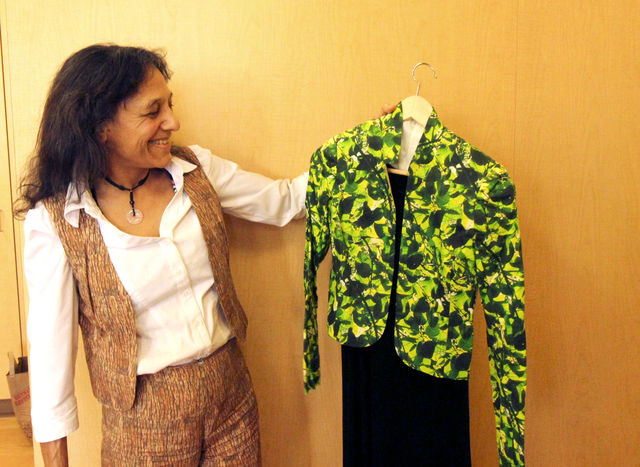U Biology Professor Nalini Nadkarni’s dedication to bridging the gaps between the revelations of science and the progression of society manifests itself throughout her life’s work. Her work has been built from her love of nature, especially trees.
“Nature is where I felt most at home. I guess I always wanted to help nature, because it was so kind and wonderful for me to go out in nature and climb a tree or take a walk along the river,” she said. “Especially trees. Trees…always held the greatest attraction to me.”
Her love for nature and desire to take care of it has led to many different projects — unique and often uniquely successful — all because of her resolve to meet people where they are.
“I felt that I needed to do something that would be more than just academic output,” Nadkarni said. “So I thought maybe if I could communicate the wonder, the beauty, the values — not just the ecological values, but spiritual values, aesthetic values, economic values — to other people, they would be moved to take better care of trees and of nature.”
One project meant to fulfill this task involved learning about and studying various religious texts, including the Church of Jesus Christ of Latter-day Saints and Catholicism, in order to understand those groups’ connections to nature.
“I began reading the Bible and the Talmud and different religious texts to find out ‘How are trees portrayed and described in these religious texts?’” she explained. She then turned that study into sermons, which she offered to share with various churches. Nadkarni exclaimed, “Turns out, people loved it!”
Likely the biggest reason Nadkarni’s sermons were so well-recieved is the way she went about asking to give them.
“I never went in saying ‘I’m a Catholic’ or ‘I’m a Mormon’ but I came across as ‘I’m a scientist who is deeply interested in trees and nature and I have chosen to read your religious text and understand what you believe in to better understand how important trees might be,’” Nadkarni said.
She has continued this method with her partnerships among artists, whose work she highly values. “Art is just a part of this endeavor we’re all a part of,” she explains. “Which is understanding our world.”
Most recently, Nadkarni has translated her partnerships with artists and her work to make connections among society at large into a field many have argued to be fiercely environmentally damaging: the fashion industry.
Though most people in academia, Nadkarni said, do not care about fashion, “Fashion is a 950 billion dollar business; obviously society cares about what they wear.”
Her first foray into fashion was a moss cape; made out of real moss. “Actually, it grew; over the years, it got heavier and bigger. It was so cool! The trouble was, I couldn’t wear it to parties because it shed.”

From there she began looking at ways to incorporate nature into clothing that the average person could — maybe even would want to — wear. Partnering with the U’s own Brenda Van der Wiel of the Theatre Department, in addition to tailor Eugene Tachinni for the clothing component and Doug Levey for the organizing side of things, she started on a project she intended to unveil at the annual convention of the Ecological Society of America which took place earlier this month. Before she could get started, she asked a few prominent scientists if they’d be willing to participate. Every single one of them said yes.
“It was amazing. They all said yes!”
From there, it was design time. Each article of clothing worn by one of these prominent scientists was meant to contain a component of the scientist’s research. Nadkarni gushes over the work of her partners in this collaboration.
“[Van der Wiel] was conveying in the fabric itself this connection between the plant and the animal…It just kept happening, these brilliant things that happen,” she said. talking about one design Van der Wiel created for scientist Rodolfo Dirzo.
The ecology fashion runway was a success in many ways, with the biggest message being something Nadkarni describes, “This isn’t just a goofy, fun thing to do. This [fashion] is dead serious.”
@Casey_Koldewyn


